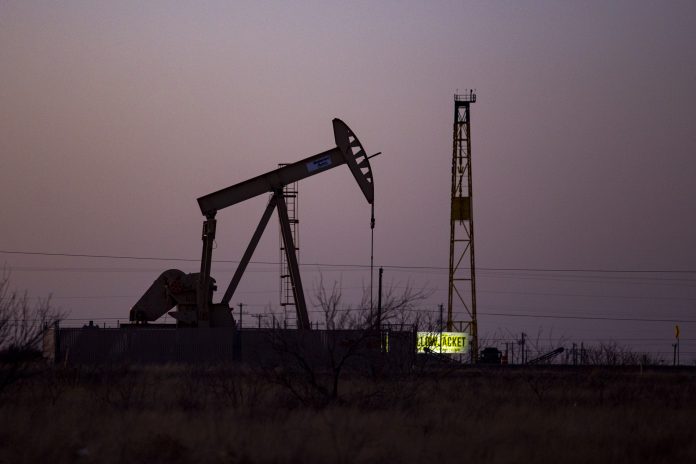
The Chevron Corp., which just announced that it will move its headquarters from San Ramon, Calif., to Houston during the next five years, reports strong second quarter results driven by continued booming production in the Permian Basin.
Founded in 1879 as the Pacific Coast Oil Co. in California, Chevron has 7,000 employees in the Houston area and 2,000 remaining at San Ramon 35 miles east of San Francisco.
Chairman-CEO Michael K. Wirth said in his company’s second quarter earnings call report that production increased by more than 11 percent from 2023 and included a new quarterly record in the Basin.
“Over the past two years we’ve returned over $50 billion to shareholders,” Wirth said. “We continue to advance growth opportunities in our traditional and new energy businesses through adding new exploration plays in West Africa and South America, achieving key milestones on the ACES green hydrogen project (in Delta, Utah) and commissioning the Geismar renewable diesel plant expansion (in South Louisiana) which is expected to come online by the end of the year.”
Wirth expects Chevron’s recent $53 billion merger with the New York City-based Hess Corp. to be approved by the Federal Trade Commission in the third quarter.
“In the Gulf of Mexico we’re leveraging our deepwater expertise with plans to deliver a high cash margin and low carbon intensity production growth,” he said.
Wirth said three more Gulf projects are scheduled to come online after the Anchor project, where first oil is imminent, and production should grow to 300,000 barrels a day by 2026.
“Our developments have become more capital efficient,” he said. “Unit drilling costs have come down and facility designs are optimized for high returns.”
In the Permian, Wirth said, base business performance continues to improve with higher reliability and lower decline rates.
“Development activity continues to get more efficient,” he said. “We’re one of the first operators to deploy triple frac, delivering cost reductions of more than 10 percent and shortening completion times by 25 percent where applied.
“In the Delaware Basin company-operated well performance is still improving as we optimize development strategies and in the Midland Basin early well results are lower versus last year. Our program in the second half of the year is more heavily weighted to development targets that we expect to perform better.”
Wirth said strong momentum in Chevron’s operating portfolio and predictable results from its non-operated and royalty acreage should produce full-year production growth of about 15 percent and fourth-quarter production of about 940,000 barrels per day.
He said the Kazakhstan project team remains focused on completing that project safely and starting up reliably to deliver value to Kazakhstan, the Tengizchevroil company and shareholders.
“This quarter was a little light due to some operational and other discrete items that impacted results, but I remain confident that we’re well-positioned to deliver our long-term earnings and cash flow growth,” Wirth said.
Chief Financial Officer Eimear Bonner reported second quarter earnings of $4.4 billion or $2.43 per share and adjusted earnings of $4.7 billion or $2.55 per share.
“Results in the quarter were impacted by downtime and upstream that weighed on realizations, higher exploration expense and downstream turnaround timing,” Bonner said. “Our balance sheet remains one of the strongest in the industry with a net debt ratio in the quarter of 10.7 percent.
“Chevron generated solid cash flow of nearly $9 billion excluding working capital. Working capital lowered cash flow due to tax true-up payments outside the U.S. and a build in inventories.”
Bonner said about half of the company’s working capital will unwind in the second half of this year, primarily in the fourth quarter.
“We again demonstrated our consistent approach to returning cash to shareholders with $6 billion of dividends and share repurchases,” she said. “Adjusted earnings were lower by $700 million versus last quarter.”



